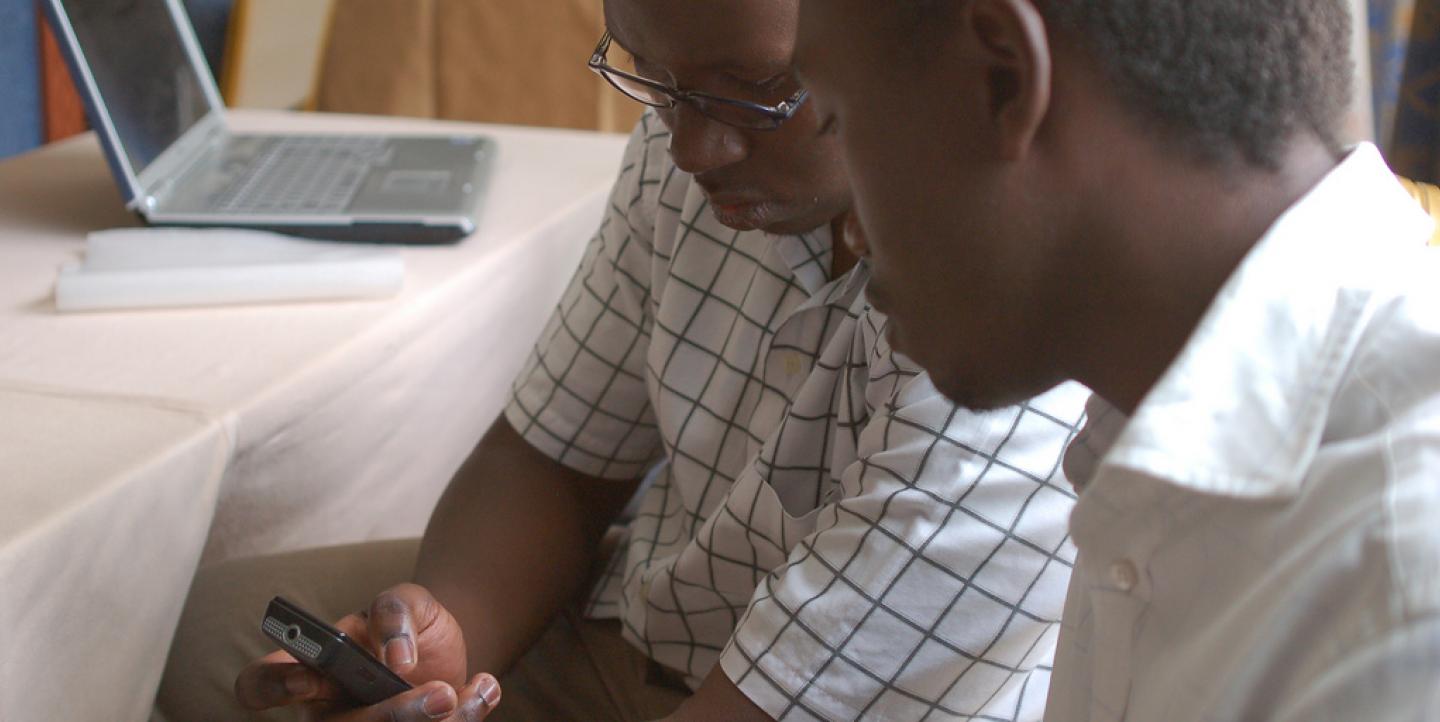Journalists can’t be everywhere. Even the most well-resourced news organizations can’t guarantee that they’ll always have someone in the right place at the right time when a story breaks. That’s why journalists depend on eyewitness accounts to help flesh out news reports. During key breaking stories such as national elections, newsrooms are increasingly dependent on ordinary citizens to let them know what is going on at thousands of polling stations.
Images or footage recorded by ordinary citizens can help journalists tell stories which otherwise might be ignored. That’s one reason why some of Kenya’s most prominent news publications, The Star and The Standard, have developed citizen journalism platforms and apps that readers can use to file stories. Star Reports (run by The Star) and UReport (run by The Standard) give ordinary citizens an opportunity to actively participate in generating news stories that matter to them.
Star Reports, an Android app developed with support from Code for Africa and ICFJ, was launched in May 2017. It allows users to share stories, images and videos of events in their neighborhood or of incidents that they witness. Instead of just passively commenting on stories that have been published or broadcast, apps like Star Reports allow users to generate their own stories and set the news agenda, by highlighting what is of interest to them and their community.
So far, readers have used Star Reports to publish a wide range of stories, from an alert on developer malfeasance to images of protests. The app — free to download from the Google Play Store — prompts users to answer the five basic questions that should be in any news report — who, what, when, where, how and why. This information supplements the images or video that users can then upload directly to The Star website.
Anyone based in any Kenya county can sign up. The app interface is easy to navigate, as all a user needs to do is download the app, register, then start sharing. Additionally, material created via the app and then published by The Star will be ranked prominently in The Star’s search results — meaning those searching The Star for material on Kenya’s elections, for example, are more likely to see the dispatches written by citizen reporters than the international wire stories.
With the country registering nearly 38 million subscriptions to mobile phone services, Kenyans have greater access to cellphones than ever before, and thus greater power to use their phones as citizen reporting tools. These trends will likely only intensify as the cost of smartphones continue to drop (an inexpensive phone will go for as little as US$30 in Kenya) and as telecom companies race to supply ever cheaper data packages
This phenomenon isn’t limited to Kenya. There are now more active social media accounts than there are people in the world. The number of mobile devices has outnumbered the global population for over a year now. And as mobile technology and internet accessibility continues to spread, traditional reporters and citizen journalists will likely start working even more hand-in-hand.
Citizen journalism still needs trained reporters
The great advantage of citizen journalists is that if they have the right tools, they can be there to share information with the public when there’s important breaking news. But while citizen journalists can compete with professional journalists when it comes to timeliness, without sufficient training they cannot replace the objectivity, credibility and reliability that professional journalists can bring to a story. Professional journalists are still needed to unpack and make sense of eyewitness content and to provide vital context about the story.
Because citizen journalism is not bound to any particular set of ethics or rules, it can lead to the spread of untruths and half truths which can lead to panic and disorder. This is one reason why verifying material submitted by citizen journalists is so important.
Wandia Karige, the lead web administrator at The Star, and Julian Wanjiru Kamau, the Standard Digital lead on social media and citizen journalism, both admit that citizen journalist contributions have provided their newsrooms with diverse content. However, they say, the biggest challenge is verifying or authenticating that content. Both said their newsrooms have restructured their work flow systems to incorporate verification of content submitted by citizen journalists.
Even as they encourage citizens to produce and share content, news organizations will continue to face key ethical dilemmas. Should they be responsible for the risks taken by citizen journalists who become accidental “reporters” in dangerous situations? If news organizations provided citizen journalists with information on how to collect information, should they also provide safety guidelines? Should news organisations disclose the identity of a citizen journalist who witnesses an event that may place them in danger? And should citizen journalists be expected to uphold the same ethical principles as professional journalists — especially when it comes to accuracy and attribution?
News organizations would do well to recognize these limitations of citizen journalism, but there’s still many ways that both the public and the media can benefit from this field. Instead of treating readers like armchair critics, reporter apps like Star Reports provide citizens with an opportunity to actively participate in setting the news agenda. It’s a way for readers to discover that they too are able to hold power to account as a result of their reporting.
Catherine Gicheru is a veteran Kenyan journalist working with Code for Kenya. Learn more about her work as an ICFJ Knight Fellow here.
Main image CC-licensed by Flickr via Erik (HASH) Hersman

